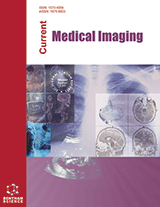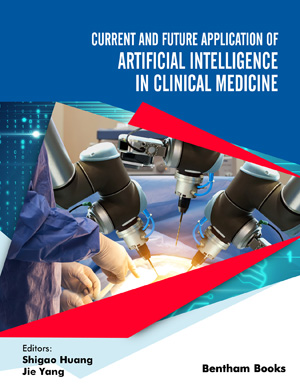
Abstract
Dual-energy computed tomography (DECT) applies two energy spectra distributions to collect raw data based on traditional CT imaging. The application of hepatobiliary imaging, has the advantages of optimizing the scanning scheme, improving the imaging quality, highlighting the disease characterization, and increasing the detection rate of lesions. In order to summarize the clinical application value of DECT in hepatobiliary diseases, we searched the technical principles of DECT and its existing studies, case reports, and clinical guidelines in hepatobiliary imaging from 2010 to 2023 (especially in the past 5 years) through PubMed and CNKI, focusing on the clinical application of DECT in hepatobiliary diseases, including liver tumors, diffuse liver lesions, and biliary system lesions. The first part of this article briefly describes the basic concept and technical advantages of DECT. The following will be reviewed:the detection of lesions, diagnosis and differential diagnosis of lesions, hepatic steatosis, quantitative analysis of liver iron, and analyze the advantages and disadvantages of DECT in hepatobiliary imaging. Finally, the contents of this paper are summarized and the development prospect of DECT in hepatobiliary imaging is prospected.
Keywords: Computed tomography, Dual-energy CT, Imaging, Hepatobiliary diseases, Clinical value, Liver diseases.











